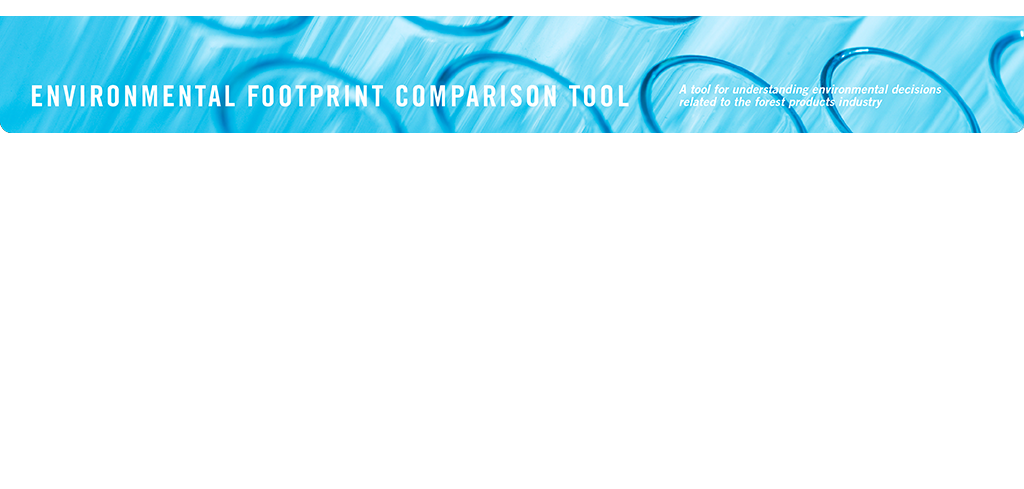
Emissions of certain air pollutants from chemical pulp bleaching operations are affected by the choice of
bleaching chemicals, and the industry’s shift from chlorine bleaching to elemental chlorine free (ECF)
bleaching has altered emission profiles. Emissions of chlorine (Cl2) are essentially eliminated when
molecular chlorine use for bleaching is curtailed with ECF. Emissions of chlorine dioxide (ClO2), while
controlled, are likely to be slightly higher with ECF due to the increased generation and use of the
chemical. Chloroform (CHCl3), a by-product formed when pulp is bleached with hypochlorite or chlorine, is
generated in much smaller quantities when chlorine dioxide is used in place of the former chemicals.
Emission reductions for chloroform of greater than 99% have resulted from the application of ECF
bleaching and elimination of chlorine and sodium hypochlorite from the bleaching sequence.
Emissions of volatile organic compounds (VOCs) and substances classified as hazardous air pollutants
(HAPs) come into play where oxygen delignification is used as the pathway to enhanced ECF and totally
chlorine free (TCF) bleaching sequences, as significant increases in methanol emissions accompany
oxygen delignification.
Click on the links at the right for more information.

More information:
Emissions associated with pulp bleaching
Emission levels and controls regulatory backdrop
- WATER
- ENERGY
- GREENHOUSE GASES
- WOOD USE
- EMISSIONS TO AIR
- DISCHARGE TO WATER
- SOLID WASTE
- Lowgrid11
- Lowgrid12
- Lowgrid14
- Lowgrid15
- Lowgrid16
- Lowgrid17
- Lowgrid18
- Lowgrid19
- Lowgrid20
- Lowgrid21
- Lowgrid25
- Lowgrid26
- Lowgrid28
- Lowgrid29
- Lowgrid30a
- Lowgrid30b
- Lowgrid30
- Lowgrid31
- Lowgrid32
- Lowgrid33
- Lowgrid34
- Lowgrid35
- Lowgrid36
- Lowgrid37
